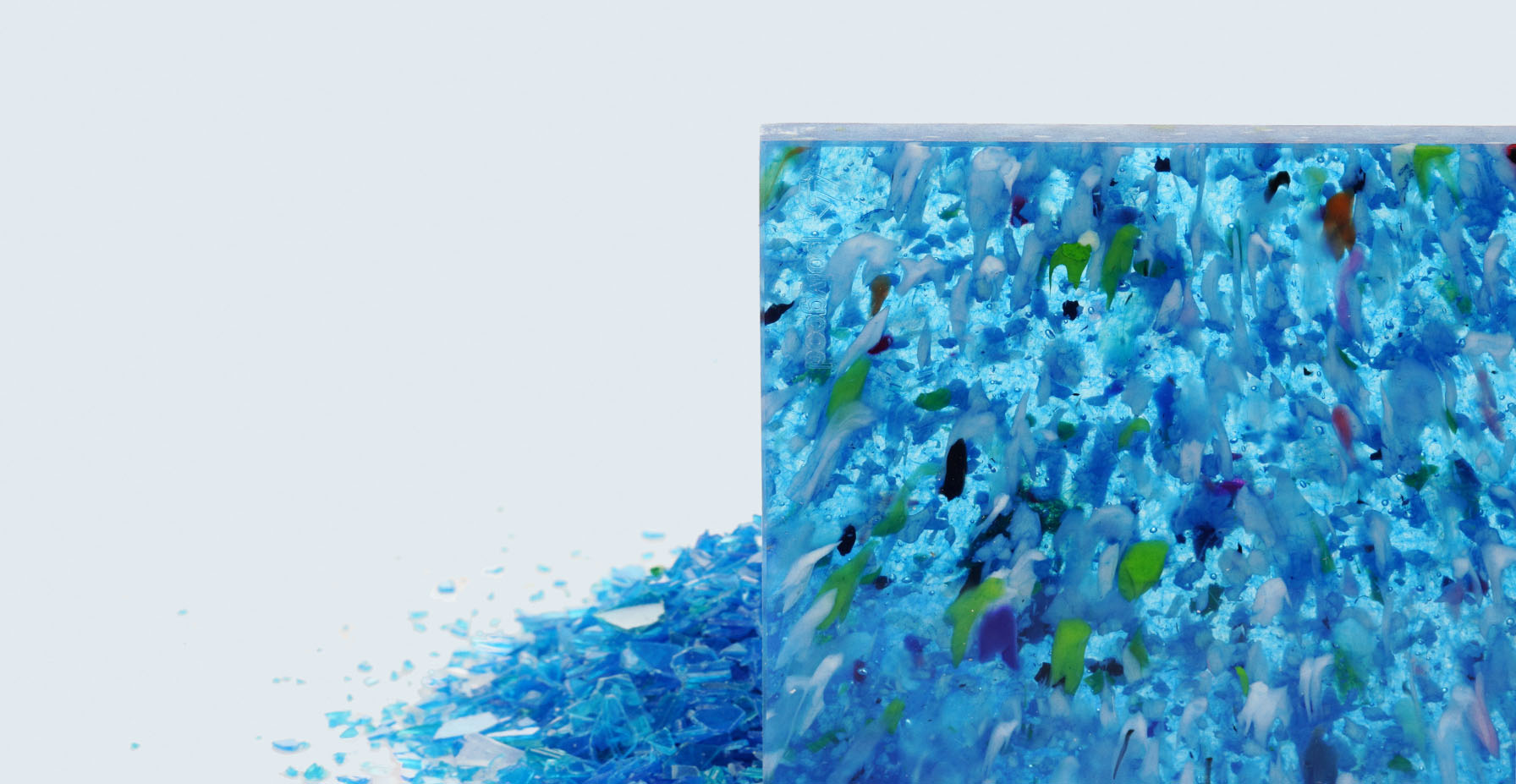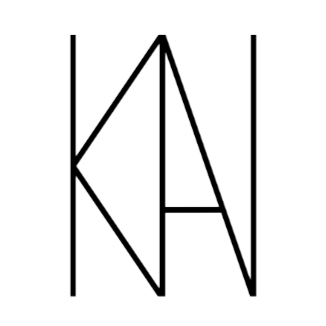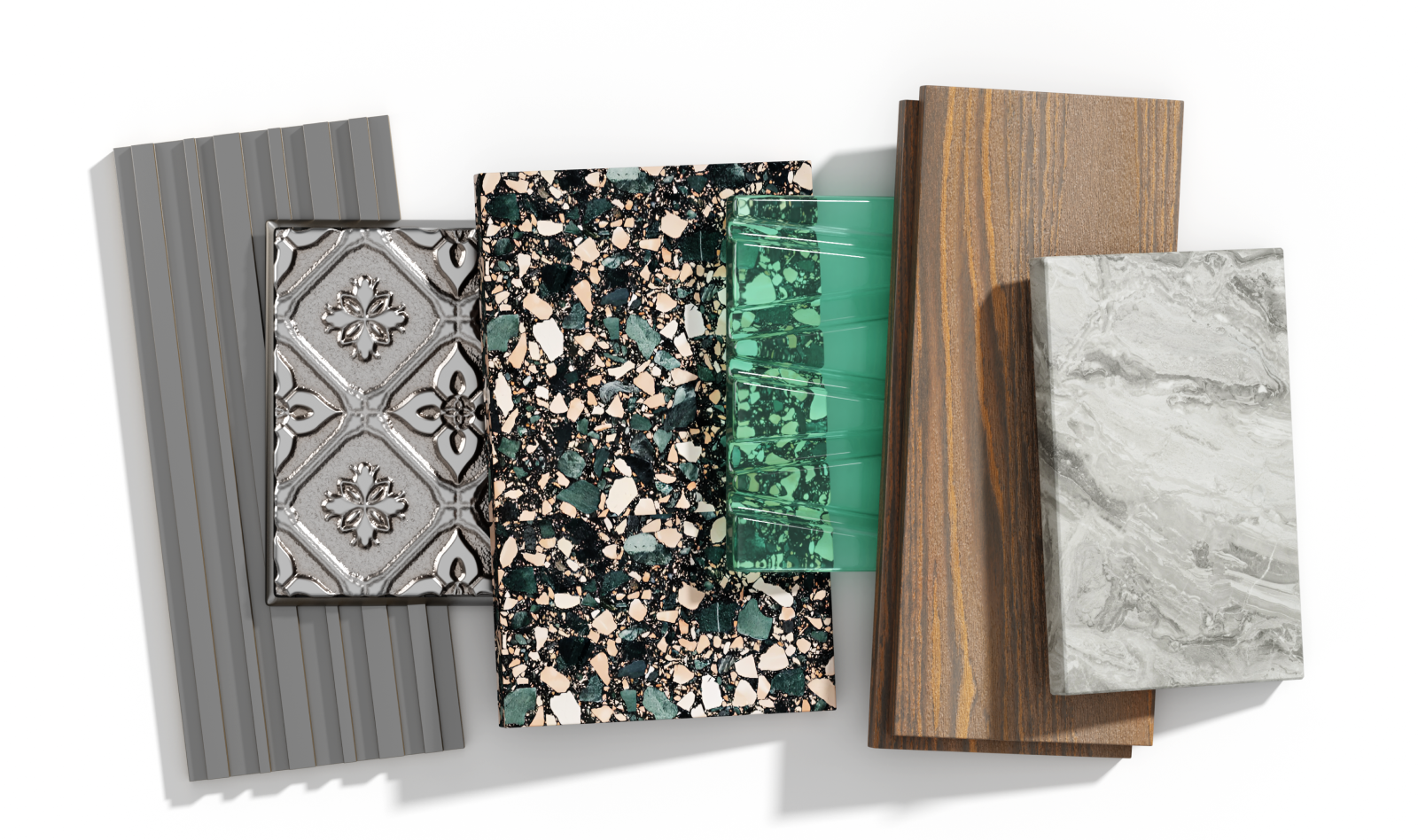In this Article:
Introduction: The Emergence of Responsible Interior Design
The interior design sector has seen a substantial change over the last few years, with more designers, architects, and developers moving away from conventional materials, and towards alternatives that show a greater responsibility to the environment.
This change is not merely a fad; it is a response to the global issues of resource depletion, indoor air quality, and the carbon footprint of the built environment.
Today, designers are not only judging projects by the decorative enhancement, but by the environmental impacts of each and every material used. Whether it is a boutique hotel, modern workspace or private residence, the desires for sustainable materials affects design decisions across flooring, textiles, lighting and wall finishes.
In this regard, clients are asking smarter questions, and designers are offering responses that offer aesthetic, durability and integrity to the environment.
Key players in the industry, such as Material Bank Europe, are also assisting in this development by creating platforms that accelerate easy and responsible sourcing.
This article will discuss the ways Material Bank Europe supports the shift to more responsible interior design, focusing particularly on responsible wall cladding and panel materials, and surface finishes that relate to eco-conscious values.
We will specifically focus on Kandes, a brand of gypsum 3D wall panels, alongside other unique brands pursuing a similar responsible approach to interior design.
Courtesy of Material Bank Europe
Material Bank Europe: A Smarter Way to Source Interior Materials
Working on a project that requires sourcing materials is complicated. Material Bank Europe acts as a digital resource that simplifies the process of sourcing and sampling materials for architecture and design professionals.
The Material Bank platform launched in Europe in 2023, and enables users to search across hundreds of manufacturers and thousands of materials — including paint, flooring, textiles, ceramics, tiles, acoustics, and wallcoverings.
Samples ordered anytime before 6:30 PM CET are then delivered the next morning in a single box via FedEx Priority Overnight – no cost involved.
Material Bank Europe is organized through its logistics facility located just outside of Paris-Charles De Gaulle Airport, which has helped it reach 29 European countries and the Middle East.
Sustainability is always top of mind for Material Bank Europe. Since October 2020, Material Bank has been offsetting 100% of the emissions on the samples we ship, using carbon credits for more than 5,000 metric tons of carbon emissions.
They are committed to achieving net-zero emissions across all areas of our business by 2040, in accordance with the Paris Agreement.
Material Bank Europe allows the consolidation of multiple brand samples into one delivery, thereby reducing packaging waste and the overall environmental impact of sampling for manufacturers and designers alike — while elevating sustainable design practices and enhancing operational efficiencies for designers.
What Qualifies a Material as Eco-Conscious?
In the field of interior design and architecture, an eco-conscious material is one that, throughout its lifecycle (i.e., extraction of raw material, production, use, and as a waste at the end-of-life) has minimized environmental impact.
There are certain attributes often used for assessment of the eco-consciousness of materials:
Recycled or Reclaimed Content
Materials with either post-consumer or post-industrial recycled content helps manage waste in landfills while reducing the demand for virgin material. As examples, some wall panels and tiles are made from reclaimed wood, recycled plastic, or glass aggregate.
Natural, Abundant, or Rapidly Renewable Resources
Materials that belong to this category are clay, cork, or gypsum. When sourced responsibly without harmful additives, these materials are typically considered eco-conscious. In particular, gypsum is abundant, nontoxic, and can be recycled infinitely as new gypsum with the same quality as before, and without losing anything in a quality perspective.
Low VOC and Non-Toxic Formulation
Volatile Organic Compounds (VOCs) can negatively impact indoor air quality. Eco-conscious materials should be low VOC to no VOC formulated materials to help ensure a interior space is a healthier place to live and work.
Durability and Good Performance
A material that is durable and requires little maintenance translates into less frequent replacements thus saving resources over time, and lowering environmental impacts over time.
Certified Environmental Declarations
Third-party certifications, such as Environmental Product Declarations (EPDs) and Cradle to Cradle Certified® provide transparent data around a material's environmental performance to the designer, helping to assist in making an informed decision.
End-of-Life Recyclability or Circularity
Materials that are recyclable and/or compostable at their end-of-life either supports the creation of a circular economy or a landfill disposal.
Filters explaining certifications and environmental attributes are included in platforms such as Material Bank Europe which assist designers in searching for eco-conscious materials and simplify the sourcing process for eco-conscious design projects.
Eco-Friendly Wall Surfaces on Material Bank Europe
Material Bank Europe has personal selections on a variety of wall coverings and wall panels that are eco-friendly design options. These options are not only visually beautiful, but also environmentally conscious.
Below are a few options:
Kandes – All-Natural Gypsum 3D Wall Panels
Kandes produces beautiful 3D wall panels with all-natural gypsum out of Switzerland. Kandes panels are made from a naturally occurring mineral (gypsum), recyclable and non-toxic, and are A1 non-combustible and fully paintable with no additives.
Kandes panels provide a non-toxic option for eco-friendly interior design. They can be used with residential projects or a commercial project, and they are available through Material Bank Europe.
Unilin Panels – Decorative Panels from 100% Recovered Wood
Unilin Panels makes decorative panels from 100% recovered wood, with a goal of circularity. Unilin Panels are made with 100% recovered wood, and have certified by organizations like FSC and PEFC, and are ultimately recoverable and branded with a label saying it was sold as 100% recovered wood.
They can be used as wall cladding for commercial or residential use.

Courtesy of Polygood
Polygood by The Good Plastic Company – Recycled Plastic Panels
Polygood panels are made from 100% recycled polystyrene, from post-consumer and industrial waste. Polygood panels are Cradle to Cradle Bronze certified and also come with an Environmental Product Declaration (EPD), allowing them to be used in projects pursuing LEED, WELL and BREEAM certification.
Polygood comes in a durable, vibrant pattern, and the panels have been used in restaurants, retail stores and hospitality installations.
Laminam – Large-Format Surfaces Containing Recycled Content
Laminam manufactures large-format ceramic surfaces that use up to 60% recycled materials. Laminam products are developed with 100% natural raw materials and hold multiple environment certifications including ISO 14001 as well as Environmental Product Declarations (EPDs).
Laminam surfaces are intended for wall cladding, floor tiling, etc., and offer long-lasting durability and even aesthetic diversity.
ECOcero – Acoustic Panels made from Recycled Plastic Bottles
ECOcero makes acoustic panels that are made from recycled plastic bottles, capable of absorbing approximately 70% of noise. This contributes to the development of acoustically comfortable spaces while allowing the reuse of plastic waste and expensive landfill space.
ECOcero products are installed in offices, public spaces, etc.
Conclusion: A Future Built on Smart Material Choices
Here are some ways that designers are specifying eco-conscious wall materials:
Rapidly Filtering Certifications on Sourcing Platforms
Sourcing platforms like Material Bank Europe enable the user to filter products based on relevant environmental certifications (for example, FSC, EPD, Cradle to Cradle), recyclability, or what materials it comes from. This would allow specifiers to quickly have a side-by-side view of potential options, and further demonstrate the sustainability goals of their project.
Applying Functional with Environmental Values
In acoustic spaces, designers are using wall panels such as ECOcero that absorb acoustic sound to virtually zero while being made of recycled PET. In high-design hospitality interiors other products like Kandes, Laminam or Polygood fulfill aesthetic requirements while also fulfilling environmental or sustainability criteria.
Thinking Beyond Life Cycle or End of Use
Eco-conscious specifiers are thinking beyond just the installation process. They are considering if a product can be reused or recycled at the end of the installation piece and whether that product will deconstruct safely at the end of a project life (a principle of circular design) to determine if the product is truly an eco-conscious specification.
Material Transparency
Since clients are asking for more transparency about products, designers are selecting brands that give Environmental Product Declarations (EPD), Health Product Declarations (HPD), or other documents regarding sustainability claims. This is especially beneficial for commercial projects or public spaces where there are system requirements for environmental impact reporting in design.
Aesthetic and a Responsibility
Design-driven wall panel products, such as provided by Kandes, demonstrate that you can make eco-conscious decisions regarding materials without compromising aesthetic quality or performance. Gypsum wall panels can also be painted, in addition to being flexible in design and meeting material safety and indoor air quality criteria – this is especially a consideration for any wellness-related design projects.
Material Bank Europe helps with all of this by offering next-day sample delivery of projects, by providing a single platform for all materials and by offering carbon-neutral shipping options. For many design offices, the time and operational impacts of their sourcing process is just as critical as having access to better material products.
SOURCES:
- https://globalfintechseries.com/banking/material-bank-expands-global-presence-with-launch-in-europe
- https://www.materialbank.eu/en/how-it-works
- https://vizologi.com/business-strategy-canvas/material-bank-business-model-canvas
- https://www.digitalcommerce360.com/2024/03/21/material-bank-europe-b2b-marketplace-architects-designers/
-
https://www.linkedin.com/company/material-bank-europe
- https://www.greencommunitiesonline.org/materials
- https://www.linkedin.com/pulse/all-acronyms-certifications-ecolabels-explained-ecomedes
- https://hutterarchitects.com/eco-conscious-interior-design/
- https://www.madagypsum.com/is-gypsum-eco-friendly-discover-the-benefits/
- https://walplast.com/blog/environmental-impact-of-gypsum-board-sustainability-in-construction/
- https://dgc-worldwide.com/enhancing-interiors-with-modern-aesthetics-gypsum-design-work/
- https://injarch.com/gypsum/
- https://www.ecolabelindex.com/ecolabels/?st=category%2Cbuilding_product
- https://www.materialbank.eu/en/ecocero-volume-2295784
- https://www.materialbank.eu/partner/laminam
- https://en.wikipedia.org/wiki/Polygood
- https://www.unilinpanels.com/en/clicwall-panels/sustainable-wall-system






Share:
Rediscovering Gypsum in Contemporary Design
Design Surface Trends 2025: Textured Walls, Terrazzo & Eco-Innovative Materials